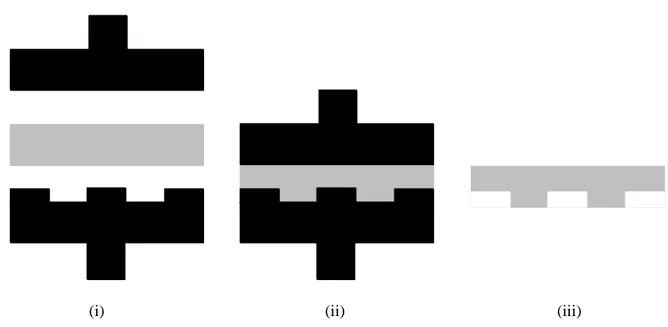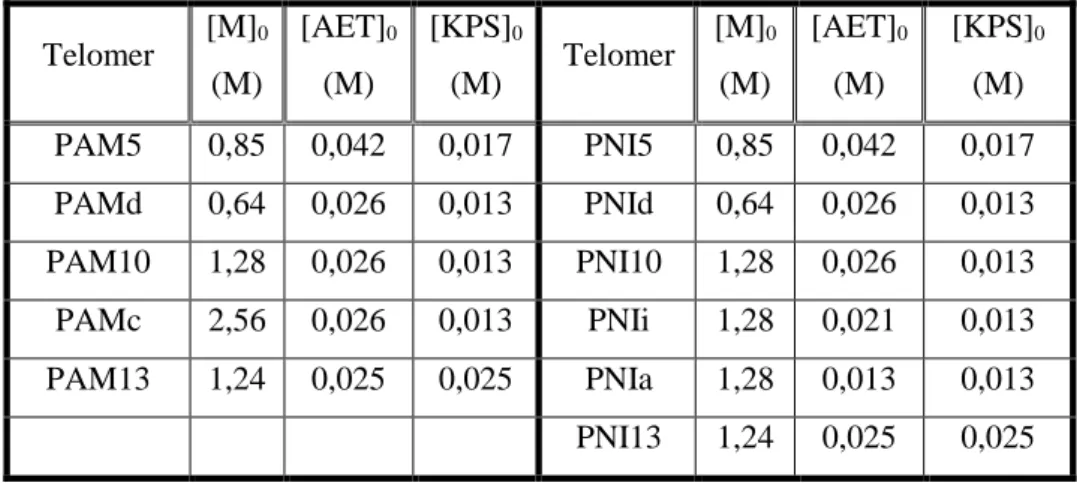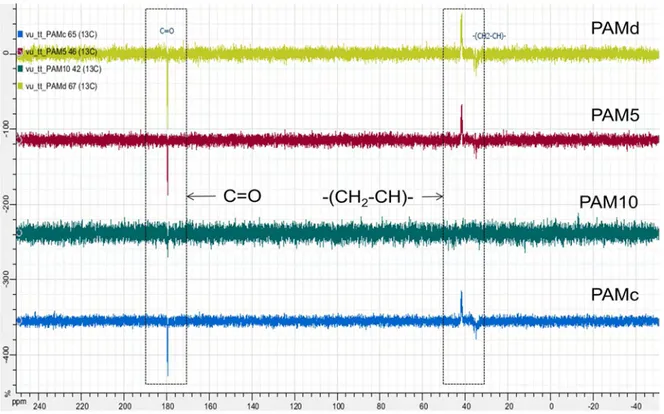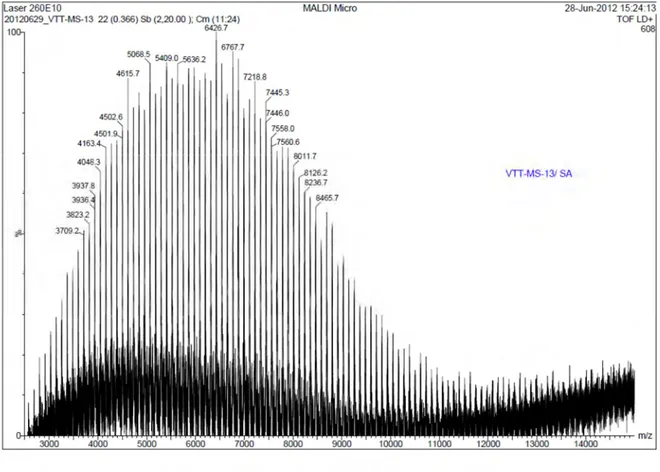Study of nano-engineered solid-liquid interfaces based on polymer brushes and biomimetic multifunctional glue
Texte intégral
Figure
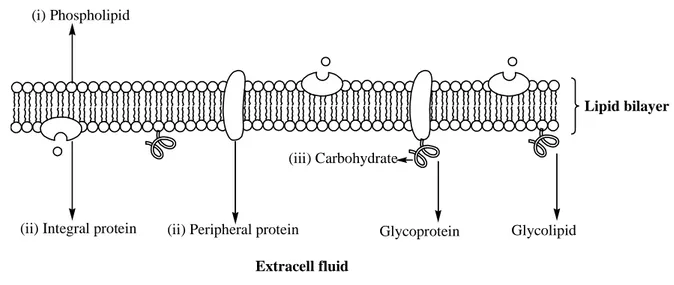
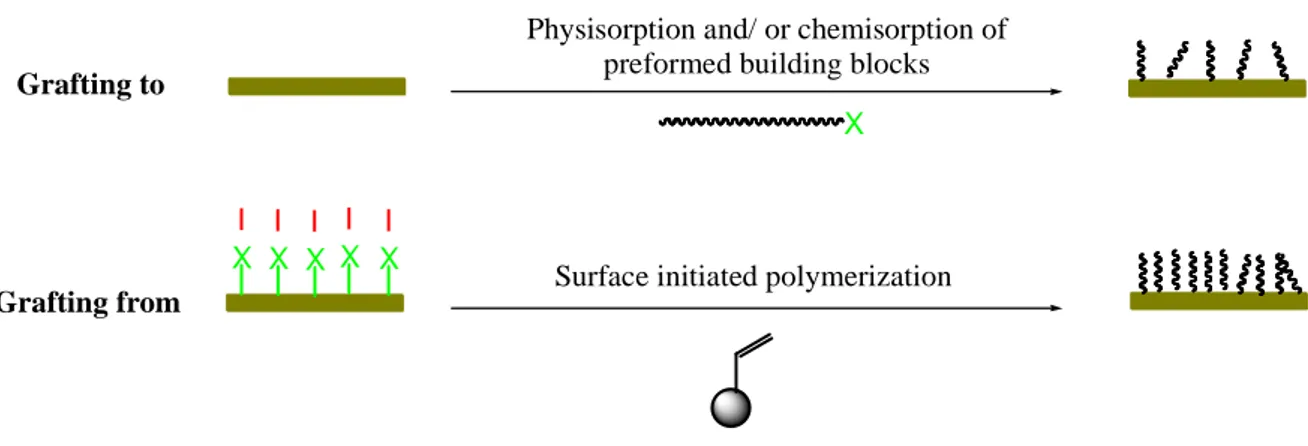
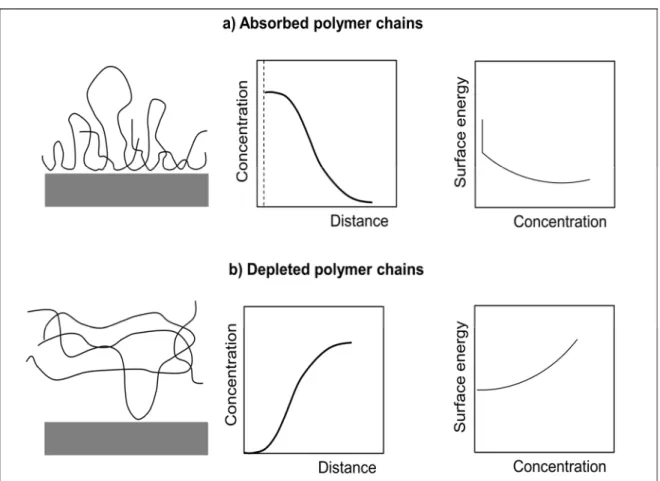
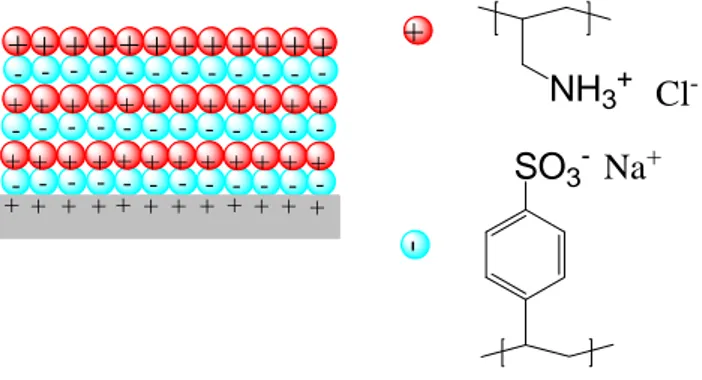
Documents relatifs
MACROSCOPIC CONTACT ANGLE AND LIQUID DROPS ON ROUGH SOLID SURFACES VIA HOMOGENIZATION AND NUMERICAL SIMULATIONS.. We discuss a numerical formulation for the cell problem related to
We consider the problem of finding the equilibrium shape of a liquid drop surrounded by a fluid (either vapor or another liquid immiscible with that of the drop) and in contact with
In fact, the Smirnov distribution of total amounts of time spent in the bulk af'ter n steps, equation (21), can provide us with such an expression for r (r, t if we make use of the
We show that the presence of a pseudo-brush can result in a remarkably small contact angle hysteresis as well as the appearance of an additional source of dissipation and that these
Therefore, I have studied the impact of polysaccharides on both the mechanical/structural properties and the drying kinetics of agarose gels, at a much lower amount than
Overall, this study has shown the capacity of the members of the ACB-complex to form two different types of biofilm (SLI and ALI), and it revealed that biofilm formation increased
To verify the accuracy of the model proposed in part 1 and, particularly to justify the Young-Dupr´e equation for the apparent dynamic contact angle associated with the notion of
This differential equation, namely the expression of the Young-Dupré condition of the dynamic contact angle, takes into account the line viscosity but also the inhomogeneousness of

